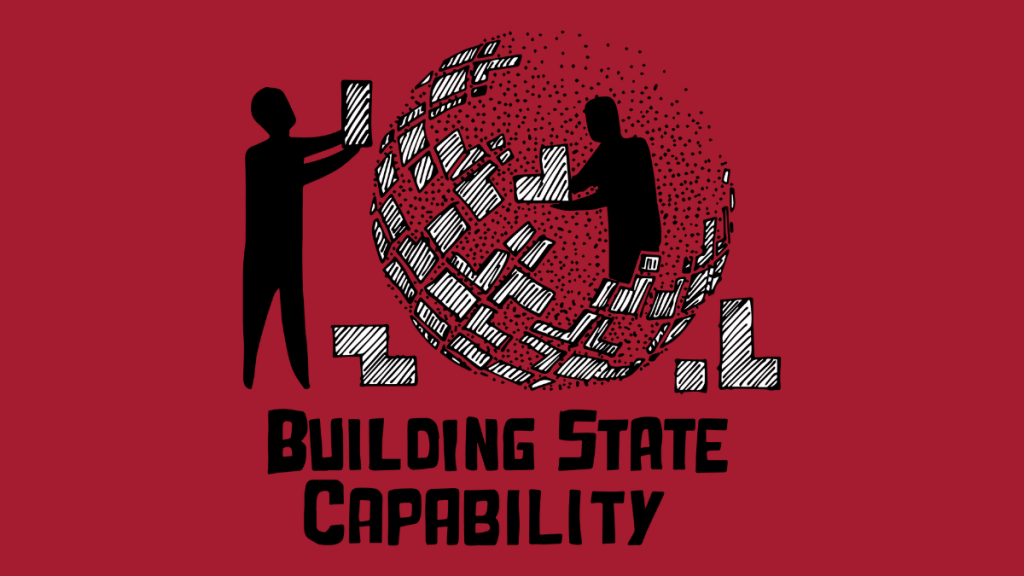written by Salimah Samji International development experts often tell us that they cannot do PDIA because the project processes within their organizations do not allow for flexibility. The truth however, is that all development agencies have some sort of instrument that does allow for experimentation and flexibility. Here’s an example of how a Pay and…Continue Reading World Bank uses PDIA in Sierra Leone
What is Action Learning?
written by Matt Andrews Action learning is a key part of PDIA. It is “a hybrid technique that allows participants to use what they learn to tackle priority problems within their companies under actual work conditions. Action learning is a social process for resolving the difficulties managers increasingly confront, where history offers no solution. At…Continue Reading What is Action Learning?
The role of PDIA in fragile states
The coherence and effectiveness of engagement with the world’s ‘fragile and conflict-affected states’—beyond ethical imperatives and geo-strategic considerations—turns on answers to two vexing questions. First, on what defensible basis is any given country, at any given historical moment, deemed to be (or not to be) ‘fragile’? Second, if a defining characteristic of state fragility is…Continue Reading The role of PDIA in fragile states
Helping REAL Capacity Emerge in Rwanda using PDIA

written by Matt Andrews What do you do if your government has been pursuing reforms for years, with apparent success, but your economy is still not growing? What do you do if the constraint seems to be the limited capacity of government organizations? What do you do if this capacity remains stubbornly low even after…Continue Reading Helping REAL Capacity Emerge in Rwanda using PDIA
BSC video 33: Multi-agent leadership in action
Who leads? How do they lead? When do they lead? Why do they lead? Answers to these questions are very important in understanding how change happens. Change is about people and people need to be led. In this video, Matt Andrews, uses the story of Singapore to illustrate how true champions are the ones who…Continue Reading BSC video 33: Multi-agent leadership in action
BSC video 32: Who is the leader?
In a study of successful change, we interviewed 150 people in 12 different places and asked them “who is the leader?” Instead of the listing the 12 champions, they responded with 107 names. In this video, Matt Andrews, highlights that successful change requires someone to authorize the change, motivate, provide money, empower the people, define…Continue Reading BSC video 32: Who is the leader?
BSC video 31: Crawling together in Cambodia
Everyone agrees that building the rule of law is important. But building the capability of a justice system is a long and difficult process, often susceptible to isomorphic mimicry. In this video, Michael Woolcock, uses an example of legal systems in Cambodia to illustrate how the arbitration council had to learn how to negotiate together…Continue Reading BSC video 31: Crawling together in Cambodia
BSC video 30: Learning by crawling
In development, external best practice is almost always used as a solution. In reality, however, finding solutions to tough problems is not so simple. In this video, Matt Andrews, illustrates that if you crawl the design space, you might end up with a hybrid solution that is possible and also works in your context. You…Continue Reading BSC video 30: Learning by crawling
BSC video 29: Iteration is research in action
Iteration does not take a thousand years. You can immediately begin the process of learning through iteration and adaptation, after you define your problem. In this video, Matt Andrews, demonstrates the process of how you learn through iteration to ultimately solve your problem. You can watch the video below or on YouTube. If you are…Continue Reading BSC video 29: Iteration is research in action
BSC video 28: Problem-driven sequencing

Most problems in the public sector are wicked hard and need to be deconstructed before they can be solved. In this video, Matt Andrews, builds upon the maternal mortality example and the ishikawa diagram to illustrate how you can sequence a reform in a contextually sensitive way, by involving the stakeholders to create a strategy…Continue Reading BSC video 28: Problem-driven sequencing